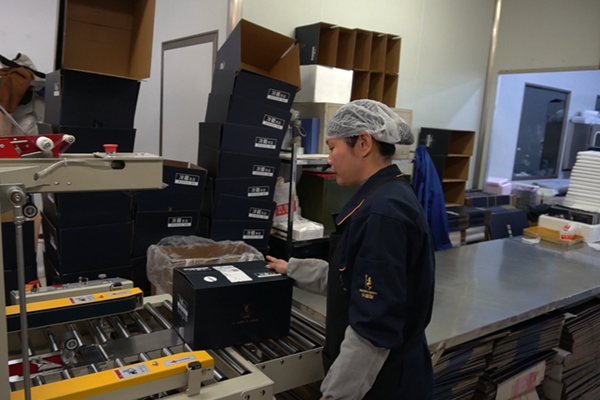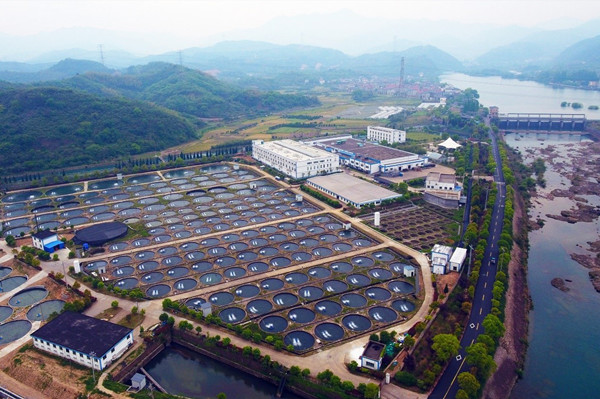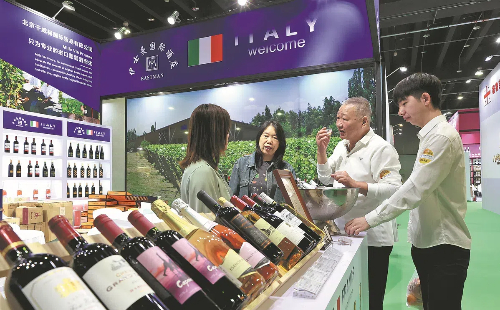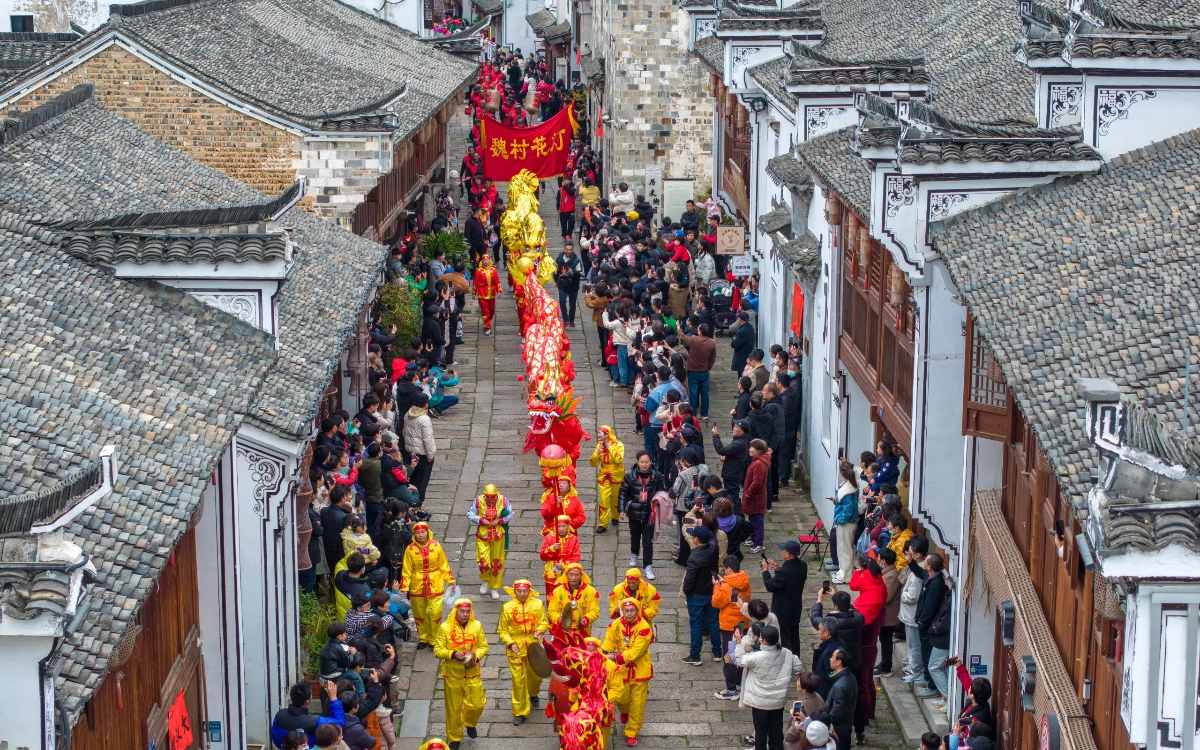'Golden' fish roe pull 500 million yuan economic output in Zhejiang village

Fang Qin, a villager packing caviar products in a factory located in Shishi town, Kecheng district, Quzhou of East China's Zhejiang province, Dec 6, 2024. [Photo by Yan Xingzhou/chinadaily.com.cn]
Fang Qin, a worker at a caviar factory, is deftly ensuring that there are enough supplies for the annual online shopping spree, the annual Double 12 or 12-12 festival, at a caviar factory in Shishi town of Quzhou city, East China's Zhejiang province.
The town has the largest integrated sturgeon breeding farm in Asia. With an overall output value of over 500 million yuan ($68.76 million) in 2023, the base offers job opportunities to more than 80 farmers from the area, and their average annual per capita income has increased by more than 40,000 yuan.
"Before working for this company, I was just a housewife with no income, but now I have a job with a stable income. Working here is convenient as it's close to my home," Fang said.
"I started as a packer, and now I am promoted to the supervisor of this workshop," Fang added.
"I receive a larger salary, with the increase in our order volume. My monthly salary can reach up to between 8,000 to 9,000 yuan now," said Fang.

A sturgeon farm in Shishi town, Quzhou city of East China's Zhejiang province. [Photo provided to chinadaily.com.cn]
This breeding area of the base is around 600 mu (40 hectares), and the annual output is 200 tons.
However, when Hangzhou Qiandaohu Xunlong Sci-tech Co Ltd was founded in Qiandao Lake in 2003, it nearly went bankrupt due to not being aware that the temperature was not suitable for breeding sturgeon, said staff member Zhang Xuebing.
Now more than 320 villagers have joined the company, introduced by Zhang.
The company is carrying out the digital transformation of the breeding base, and exploring new development paths for aquaculture through the improvement of information technology.
"Unmanned aerial vehicle inspection and photovoltaic panels placed above the breeding pond, generating power which can be used as the power supply required for breeding," said Guo Cheng, a researcher at the company's institute.





 play
play